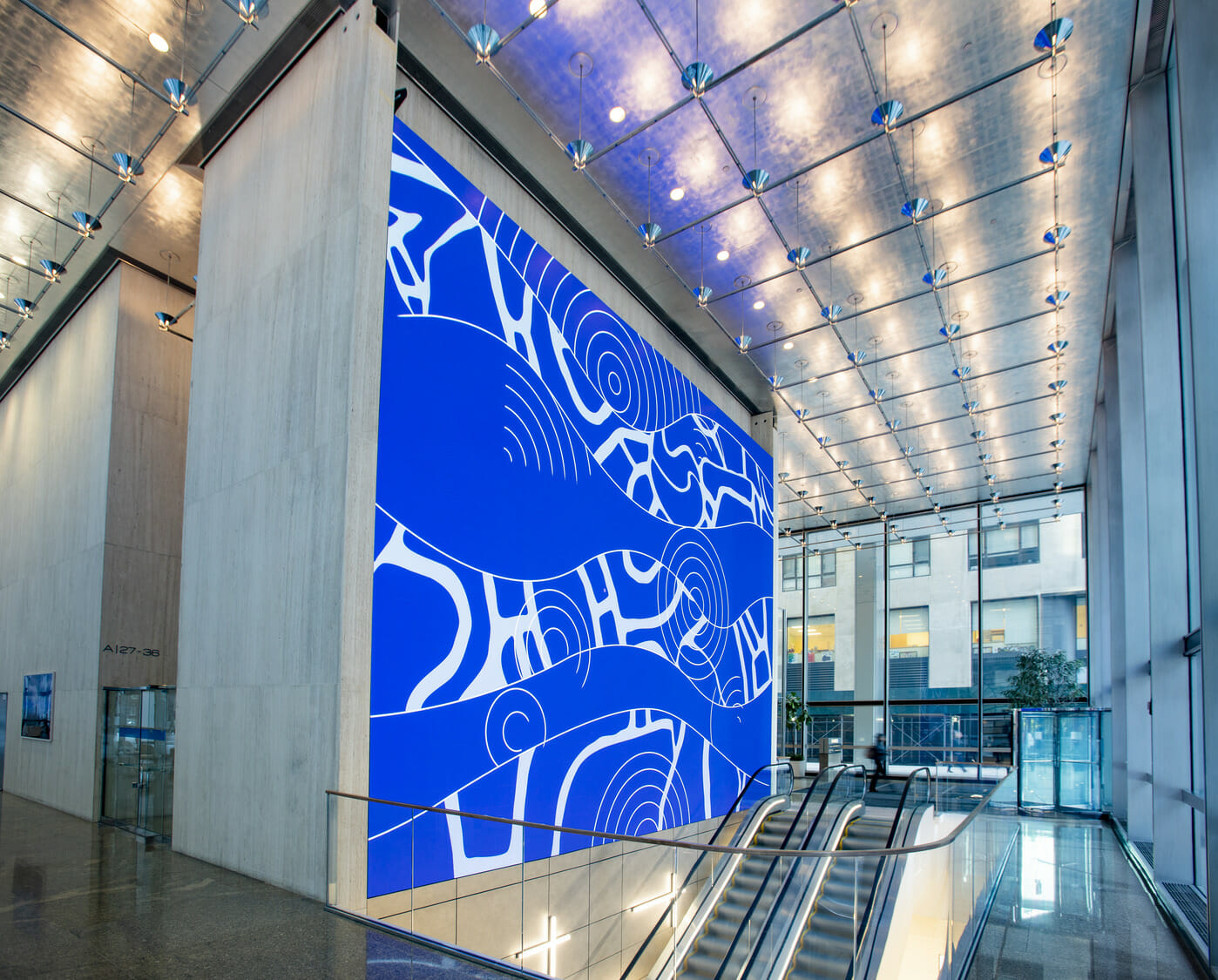Exploring How Definition Affects the Performance and Aesthetic Quality of LED Screens in Modern Display Techniques
Exploring How Definition Affects the Performance and Aesthetic Quality of LED Screens in Modern Display Techniques
Blog Article
LED screens are becoming increasingly common in different settings, from musical events and sports competitions to business displays and creative installations. One of the most important elements that affect the functionality and image quality of these displays is resolution. Image resolution denotes the quantity of picture elements that compose the visual on the screen. Increased resolution indicates more pixels, which can lead to sharper and crisper visuals. Understanding how image clarity impacts LED walls can help users make informed choices about their screen requirements.
When discussing image clarity, it is essential to consider pixel pitch, which is the gap between the midpoint of one pixel to the center of the following picture element. A reduced pixel pitch results in a higher resolution, allowing for additional clarity in the images displayed. For example, an LED wall with a picture spacing of 1.5mm will offer a clearer image than one with a pixel spacing of 3mm. This is especially important in environments where viewers are close to the screen, such as in a compact location or a exhibition show booth. In these situations, a higher image clarity can significantly improve the observing quality.
Another factor of resolution is its impact on hue precision and brightness. LED screens with greater image clarity often have better color reproduction, indicating that the colors shown are increasingly vibrant and true to life. This is crucial for applications like advertising, where the objective is to attract attention and communicate a concept efficiently. Additionally, greater resolution screens can preserve brightness levels even when viewed from various perspectives. This is important in big venues where audiences may be seated at different ranges and angles from the display.
The performance of LED walls is also influenced by resolution in terms of refresh rates and response durations. A greater resolution display can handle faster refresh rates, which is essential for dynamic content such as videos and animations. This means that the images on the display will look smoother and more fluid, enhancing the overall observing quality. In comparison, reduced image clarity screens may have difficulty with dynamic material, leading to fuzziness or delay. Therefore, for occasions that depend on high-energy visuals, choosing a display with a suitable resolution is critical.
In conclusion, image clarity plays a crucial role in defining the functionality and visual clarity of LED walls. Factors such as pixel pitch, color accuracy, luminosity, update frequencies, and reaction durations all contribute to how efficiently a display can convey led wall rental for employee recognition events information and engage audiences. As advancements continues to progress, grasping these elements will help users select the right LED screen for their specific needs, guaranteeing that they achieve the optimal potential outcomes in their displays and occasions.